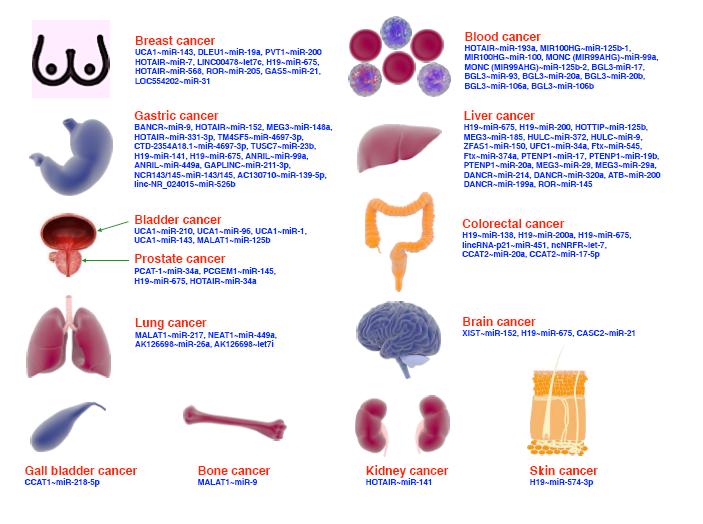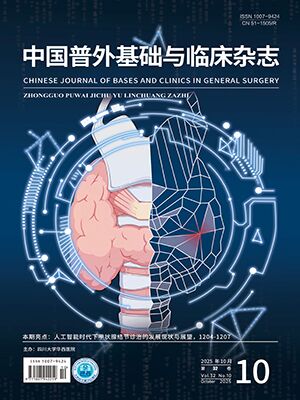| 1. |
Society for Vascular Surgery Lower Extremity Guidelines Writing Group, Conte MS, Pomposelli FB, et al. Society for Vascular Surgery practice guidelines for atherosclerotic occlusive disease of the lower extremities: management of asymptomatic disease and claudication. J Vasc Surg, 2015, 61(3 Suppl): 2S-41S.
|
| 2. |
Shammas NW. Restenosis after lower extremity interventions: current status and future directions. J Endovasc Ther, 2009, 16 Suppl 1: I170-I182. doi: 10.1583/08-2564.1.
|
| 3. |
Aboyans V, Ricco JB, Bartelink MEL, et al. 2022 ESC guidelines on the diagnosis and management of peripheral arterial diseases. Eur Heart J, 2022, 43(15): 1506-1592.
|
| 4. |
Saucy F, Probst H, Trunfio R. Vessel preparation is essential to optimize endovascular therapy of infrainguinal lesions. Front Cardiovasc Med, 2020, 7: 558129. doi: 10.3389/fcvm.2020.558129.
|
| 5. |
Purushottam B, Tuma JL, Krishnan P. Commentary: Leave nothing behind: No stent, no restenosis, no mortality. J Endovasc Ther, 2020, 27(5): 706-713.
|
| 6. |
Torsello G, Stavroulakis K, Brodmann M, et al. Three-year sustained clinical efficacy of drug-coated balloon angioplasty in a real-world femoropopliteal cohort. J Endovasc Ther, 2020, 27(5): 693-705.
|
| 7. |
Lichaa H. Coronary stent positioning under live IVUS guidance in low contrast percutaneous coronary interventions: The live IVUS stenting technique. Catheter Cardiovasc Interv, 2021, 98(7): E977-E984.
|
| 8. |
Miki K, Fujii K, Tanaka T, et al. Impact of IVUS-derived vessel size on midterm outcomes after stent implantation in femoropopliteal lesions. J Endovasc Ther, 2020, 27(1): 77-85.
|
| 9. |
Miki K, Fujii K, Kawasaki D, et al. Intravascular ultrasound-derived stent dimensions as predictors of angiographic restenosis following nitinol stent implantation in the superficial femoral artery. J Endovasc Ther, 2016, 23(3): 424-432.
|
| 10. |
Pliagas G, Saab F, Stavroulakis K, et al. Intravascular ultrasound imaging versus digital subtraction angiography in patients with peripheral vascular disease. J Invasive Cardiol, 2020, 32(3): 99-103.
|
| 11. |
Iida O, Takahara M, Soga Y, et al. Vessel diameter evaluated by intravascular ultrasound versus angiography. J Endovasc Ther, 2022, 29(3): 343-349.
|
| 12. |
Mori S, Hirano K, Takahara M, et al. Accuracy of quantitative vessel analysis in endovascular treatment for femoropopliteal lesions. Quant Imaging Med Surg, 2022, 12(1): 568-575.
|
| 13. |
Liu Z, He Z, Liu Y, et al. Predictive value of intravascular ultrasound in long-term outcomes after femoropopliteal balloon angioplasty. J Endovasc Ther, 2020, 27(6): 733-740.
|
| 14. |
Torsello G, Stavroulakis K, Brodmann M, et al. Intravascular ultrasound for predicting outcomes in femoropopliteal angioplasty and stenting. J Endovasc Ther, 2021, 28(4): 526-535.
|
| 15. |
Kurata N, Iida O, Shiraki T, et al. Impact of stent-to-vessel diameter ratio on restenosis in the superficial femoral artery after endovascular therapy. Circ J, 2018, 82(5): 1412-1417.
|
| 16. |
Min HS, Ryu D, Kang SJ, et al. Prediction of coronary stent underexpansion by pre-procedural intravascular ultrasound-based deep learning. JACC Cardiovasc Interv, 2021, 14(9): 1021-1029.
|
| 17. |
Zhao Y, Yang H, Lin Y, et al. Clinical outcomes of the treatment of peripheral arterial disease using drug-eluting balloons in patients with critical limb ischemia. J Vasc Surg, 2020, 71(4): 1345-1354.
|
| 18. |
Kurata N, Iida O, Takahara M, et al. Clinical impact of the size of drug-coated balloon therapy on restenosis rate in femoropopliteal lesions. J Endovasc Ther, 2023, 30(2): 269-280.
|
| 19. |
Finn MT, Ingrassia JJ, Parikh SA. Plaque modification in endovascular procedures in patients with infrainguinal disease. Interv Cardiol Clin, 2020, 9(2): 125-137.
|
| 20. |
Sharma S, Jaff MR, Perkins E, et al. Clinical outcomes following intravascular ultrasound-guided femoropopliteal angioplasty: A 5-year follow-up study. J Am Coll Cardiol, 2021, 77(8): 981-988.
|




